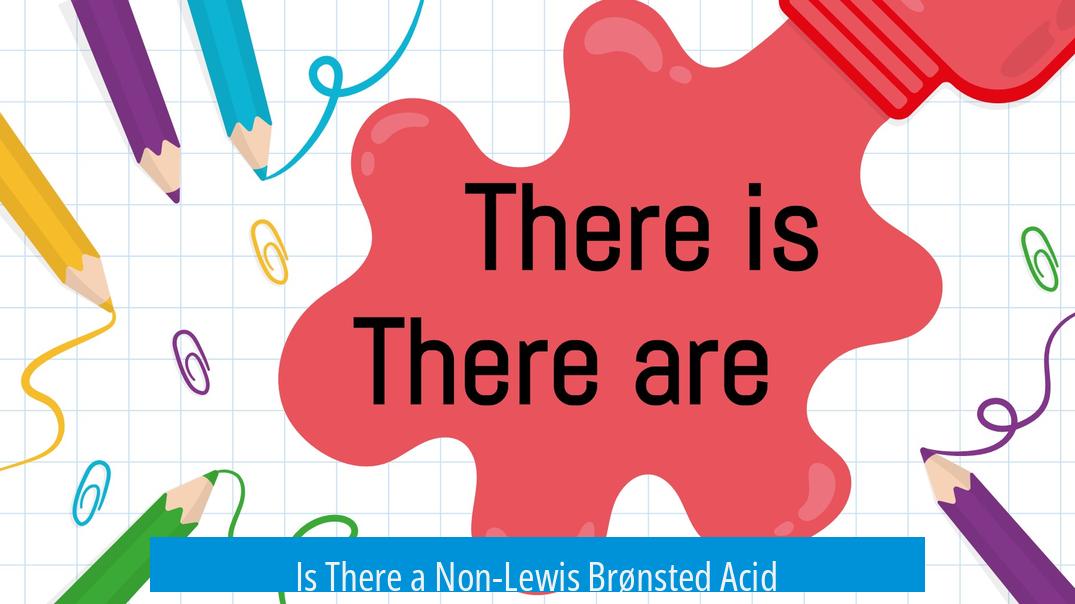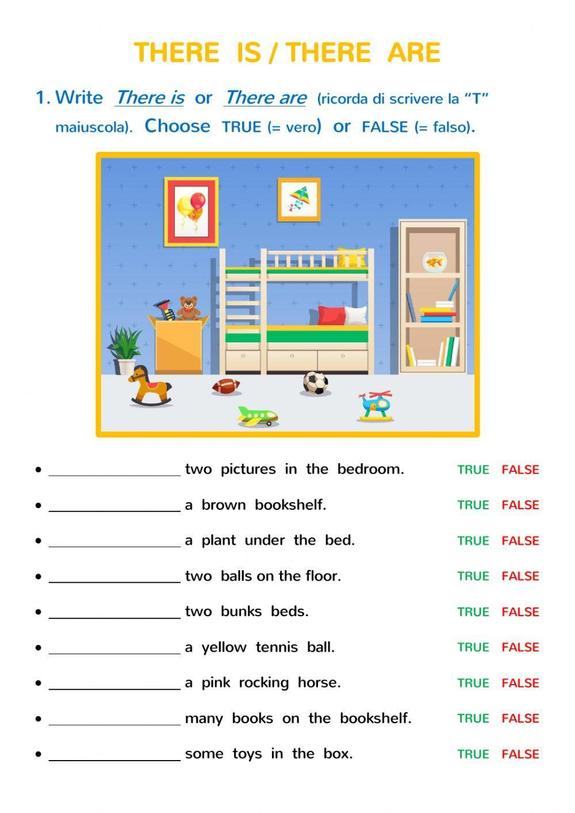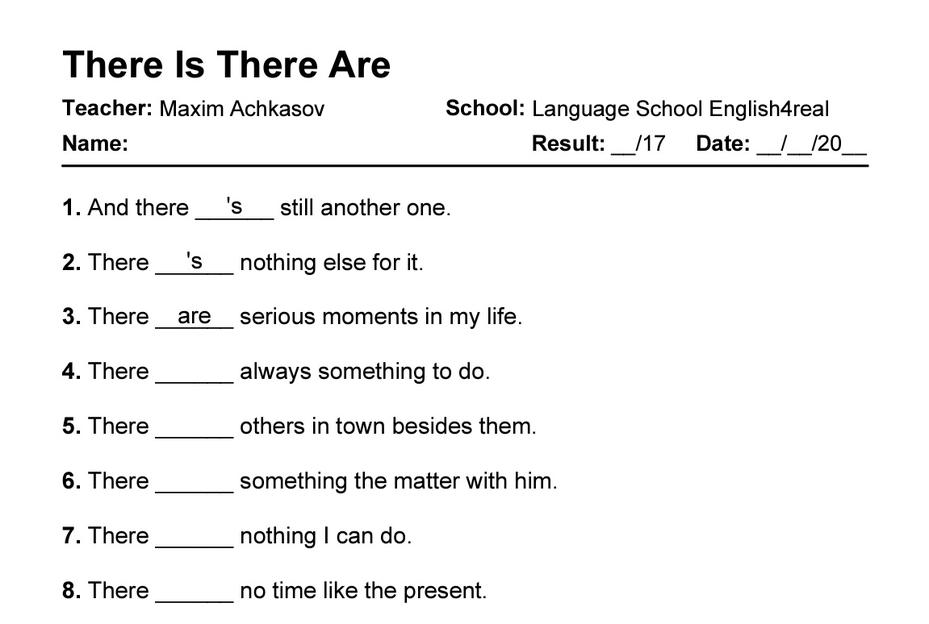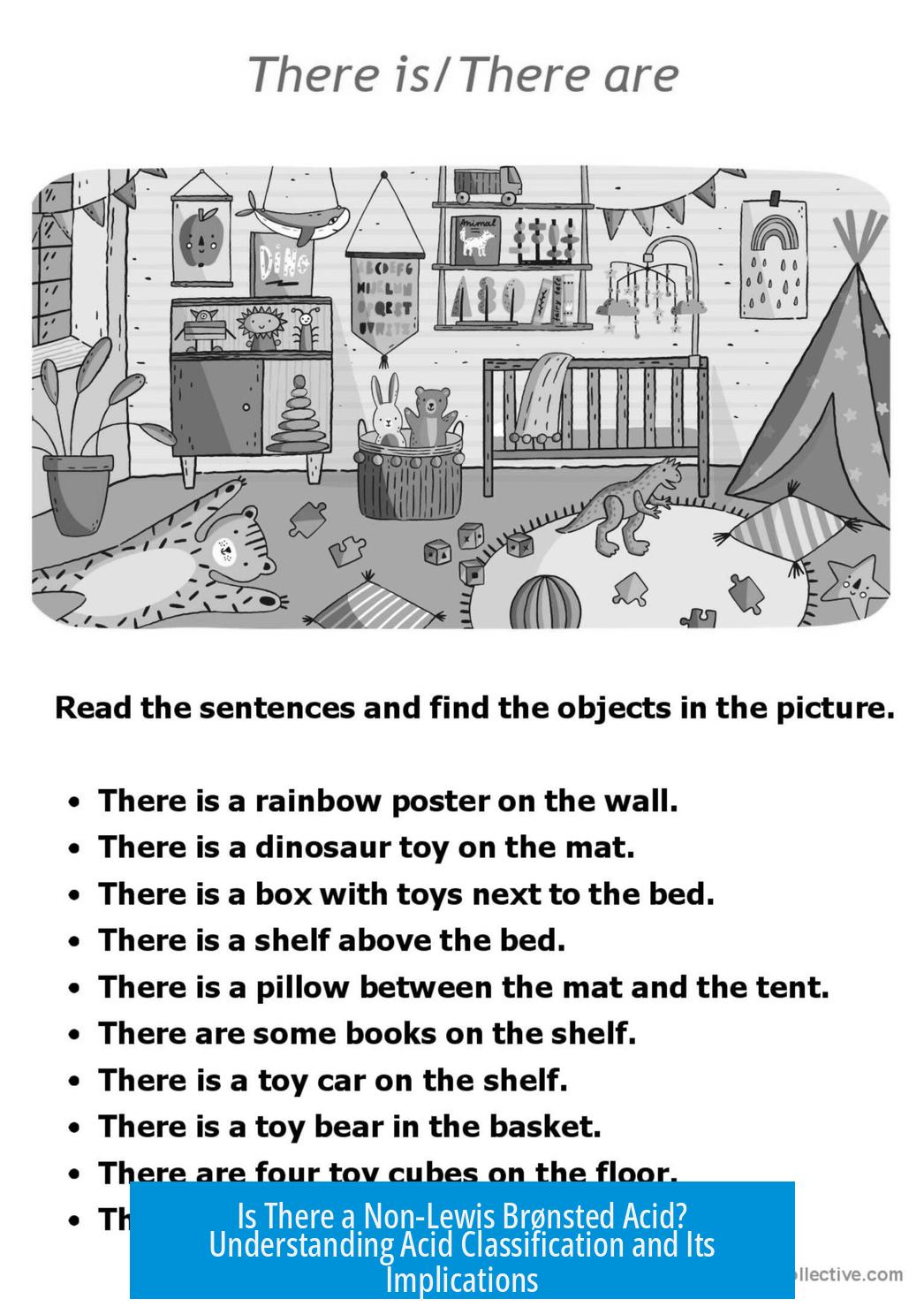Is There a Non-Lewis Brønsted Acid?

All Brønsted acids are inherently Lewis acids. Since a Brønsted acid donates a proton (H+), and a proton is by definition a Lewis acid, there is no Brønsted acid that is not also a Lewis acid.
Defining Brønsted and Lewis Acids

The Brønsted acid concept centers on proton donation. When a substance donates an H+ ion, it acts as a Brønsted acid. This definition focuses on the movement of protons between molecules.
The Lewis acid concept is broader. A Lewis acid is any species that can accept a pair of electrons. Proton (H+) acceptance always involves accepting electrons, making it a Lewis acid.

Because the proton itself acts as a Lewis acid, substances that donate a proton—the Brønsted acids—are always Lewis acids as well.
Relationship Between Brønsted and Lewis Acids

The inclusion relationship between Brønsted and Lewis acids is fundamental. Every Brønsted acid fits within the Lewis acid category.
- Brønsted acid: Donates H+.
- Lewis acid: Accepts an electron pair.
Protons (H+) have no electrons, so they readily accept electron pairs from bases. Therefore, all Brønsted acids are subsets of Lewis acids.
Visualizing Acid Definitions with Venn Diagrams
A Venn diagram helps clarify overlaps between acid-base theories. The diagram shows:
- Arrhenius acids and Brønsted acids completely overlap.
- Brønsted acids are a subset of Lewis acids.
- Lewis acids include many species that are not Brønsted acids.
This diagram supports that no Brønsted acid lies outside the Lewis acid category.
Examples Illustrating the Acid-Base Classifications
| Substance | Brønsted Acid | Lewis Acid | Arrhenius Acid |
|---|---|---|---|
| H3O+ | Yes | Yes | Yes |
| HCl (molecule) | Yes (donates H+) | No (molecule itself does not accept electrons) | Yes |
| BF3 | No (does not donate H+) | Yes (accepts electron pairs) | No |
| OH− | No (does not donate H+) | No (is a base) | No |
These examples demonstrate that while many Lewis acids are not Brønsted acids (e.g., BF3), all Brønsted acids involve a proton that functions as a Lewis acid center.
Subtleties in Acid Behavior: The Case of HCl
Some confusion arises around substances like hydrogen chloride (HCl). HCl, as a molecule, donates a proton to water forming chloride ion (Cl−) and hydronium ion (H3O+), thus acting as a Brønsted acid.
However, HCl itself does not accept a pair of electrons as a molecule; only the proton it donates does. This means the HCl molecule is not a Lewis acid per se, but the proton (H+) released clearly behaves as a Lewis acid.
Therefore, the Brønsted acid behavior concerns proton donation. The Lewis acidity is attributed to the proton, not always the molecule in its undissociated form.
Comparing Brønsted Bases and Lewis Bases
The relation between bases parallels that of acids. All Brønsted bases, defined by their ability to accept protons, also qualify as Lewis bases because they donate electron pairs to accept protons.
This symmetry reinforces the broader pattern: Brønsted acid-base definitions are subsets of the Lewis acid-base framework.
Summary and Key Takeaways
- The Brønsted acid concept requires proton (H+) donation.
- Protons act as Lewis acids by accepting electron pairs.
- All Brønsted acids, therefore, are Lewis acids.
- Some molecules like HCl donate protons but may not be Lewis acids themselves; the donated proton is the Lewis acid entity.
- Lewis acids encompass a wider array of species, including those that do not donate protons.
Final Note
The understanding of acid-base chemistry evolves with the definitions applied. Nonetheless, the fundamental proton-proton donation in Brønsted acids and its electron-pair acceptance nature solidify that no Brønsted acid exists outside the Lewis acid category.
Is There a Non-Lewis Brønsted Acid? Let’s Unpack This Acidic Mystery
Here’s the straight answer — no, you won’t find a Brønsted acid that isn’t also a Lewis acid. The reason is baked into the very definitions. But hold on, that’s just the start. Let’s dive deeper and make sense of these acid-base classifications without drowning you in jargon.
To start, Brønsted acids are defined as substances that donate a proton (that’s H+). Simple, right? This tiny proton isn’t just wandering around aimlessly; chemically, it plays the role of a Lewis acid. A Lewis acid, by definition, is an electron pair acceptor. Since H+ has no electrons, it eagerly accepts an electron pair from a base. So if a substance donates H+, by default, it’s providing a Lewis acid—the proton itself.
So, What’s the Big Deal About Lewis and Brønsted Acids?
Think of it like this: Lewis acid-base theory broadens the definition of acidity beyond protons. It covers many substances that accept electron pairs but don’t necessarily involve H+. Brønsted acids are a specialized subset—they always bring protons to the party. Since protons are Lewis acids, Brønsted acids slide neatly under the Lewis acid umbrella.
A holistic way to visualize this is through a Venn diagram. Imagine three circles representing Arrhenius acids, Brønsted acids, and Lewis acids. Arrhenius acids (like HCl in water) are a subset of Brønsted acids because they release H+ in solution. Brønsted acids themselves nest inside the larger circle of Lewis acids. This visualization confirms the logical relationship: all Brønsted acids are Lewis acids, but not all Lewis acids are Brønsted acids.
Examples that Clarify Confusion
Let’s use examples to keep things lively:
- H3O+ (hydronium ion): An Arrhenius, Brønsted, and Lewis acid. It releases a proton and accepts electron pairs, ticking every acid box.
- BF3 (boron trifluoride): A neat Lewis acid but no Brønsted acid because it doesn’t donate protons.
- HCl: Here’s where some people trip up. HCl in water dissociates into H+ and Cl−. It’s a Brønsted acid because it donates a proton. But as a molecule, HCl itself doesn’t fit the Lewis acid mold until it releases that proton. The proton, however, is indisputably a Lewis acid.
Notice something? Lewis acids can be broader and more varied, but Brønsted acids have this built-in connection to Lewis acids through protons. No proton, no Brønsted acid. No proton donation, no Brønsted acidity.
Could There Be a Curveball? The Strange Case of HCl
Some argue that HCl is a Brønsted acid that isn’t a Lewis acid. That seems to challenge everything we’ve said, right? But read carefully.
“HCl reacts with water to form Cl− and H3O+. In Brønsted terms, that’s acid-base reaction. In Lewis terms, it’s more about complex formation between acids and bases.”
So, at the molecular level, free HCl isn’t a Lewis acid until it donates its proton. Once it parts with that H+, the proton itself becomes a Lewis acid, while the whole reaction can be understood through complex formation as Lewis acid-base interactions. So HCl isn’t a Lewis acid in isolation, but its proton is. That aligns perfectly with the Brønsted-Lewis relationship.
Why Does This Matter? Practical Takeaways for Chemistry Fans
Understanding that all Brønsted acids are also Lewis acids sharpens your grasp of acid-base chemistry and reduces confusion.
- When handling acid reactions, knowing that proton donation always implies Lewis acidity helps in predicting reaction mechanisms involving electron pairs.
- It clarifies why certain substances like BF3 behave as acids even without H+—they’re Lewis acids but not Brønsted acids. This helps chemists design catalysts and reagents for organic and inorganic synthesis.
- It sorts out common mix-ups: Understanding that some molecules like HCl are Brønsted acids by function, even if not Lewis acids themselves, refines conceptual clarity, especially for students and educators.
Lets’ Crunch the Numbers — Fun Facts from the Acid-Base World
| Substance | Brønsted Acid? | Lewis Acid? | Example Role |
|---|---|---|---|
| H3O+ | Yes | Yes | Proton donor, electron pair acceptor |
| BF3 | No | Yes | Electron pair acceptor, no proton donation |
| HCl molecule | Yes (in solution) | No (as molecule) | Donates H+, proton is Lewis acid |
Wrapping It Up: The Acid Truth
After untangling acid definitions, exploring examples, and clearing misconceptions, we land at a firm conclusion: there is no Brønsted acid that doesn’t also qualify as a Lewis acid, because the defining proton itself acts as a Lewis acid. So if you’re ever asked if there’s a non-Lewis Brønsted acid, smile confidently. You just walked through the logic and are ready to explain why the answer is a resounding “No.”
Next time you pick up a chemistry textbook or your lab coat, remember: everything that donates a proton is, by very nature, accepting electron pairs too. That tiny proton is the ultimate dual-threat player in acid chemistry.
Have you encountered any tricky acid-base examples in your studies or work? Share your story. Sometimes, these concepts come to life best when we exchange real-world puzzlers and aha moments.
Can a Brønsted acid exist without being a Lewis acid?
No. By definition, Brønsted acids donate a proton (H⁺). The proton itself acts as a Lewis acid. Therefore, all Brønsted acids are always Lewis acids.
Is the molecule HCl a Lewis acid as well as a Brønsted acid?
The HCl molecule is a Brønsted acid because it donates a proton. However, as a molecule, it is not considered a Lewis acid. The proton released (H⁺) is the Lewis acid in the reaction.
Are there acids that are Lewis acids but not Brønsted acids?
Yes. For example, BF₃ is a Lewis acid but not a Brønsted acid. It does not donate a proton but can accept an electron pair.
How does the classification of acids by Brønsted and Lewis compare?
All Brønsted acids are subsets of Lewis acids since proton donation implies Lewis acidity. However, Lewis acids include species that do not donate protons.
Do all Brønsted bases have corresponding Lewis base properties?
Yes. All Brønsted bases also act as Lewis bases because they donate electron pairs to accept protons.





Leave a Comment